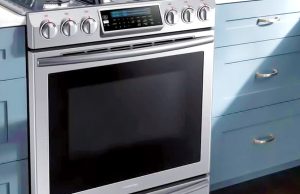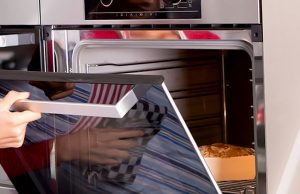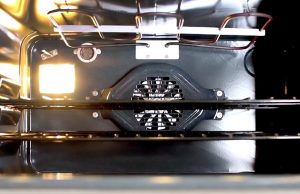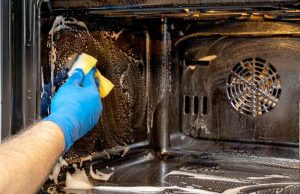Some of our posts contain affiliate links. If you buy through our links, I may earn a small commission at no extra cost to you.
How to Clean a Grater for Lemon Zest: Simple Steps
Let me tell you about a time when I was determined to clean my grater after zesting lemons for a special recipe. The lemon zest had left behind a sticky residue, and no amount of scrubbing with dish soap seemed to work. Frustrated, I turned to the internet for solutions. After trying a few different methods, I finally found one that worked like magic!
With a mixture of baking soda and lemon juice, I was able to scrub away the stubborn stains and leave my grater looking brand new. Since then, I’ve used this method countless times and it never fails to impress. Now, I’m excited to share this simple yet effective technique with you, so you can enjoy hassle-free grater cleaning too!
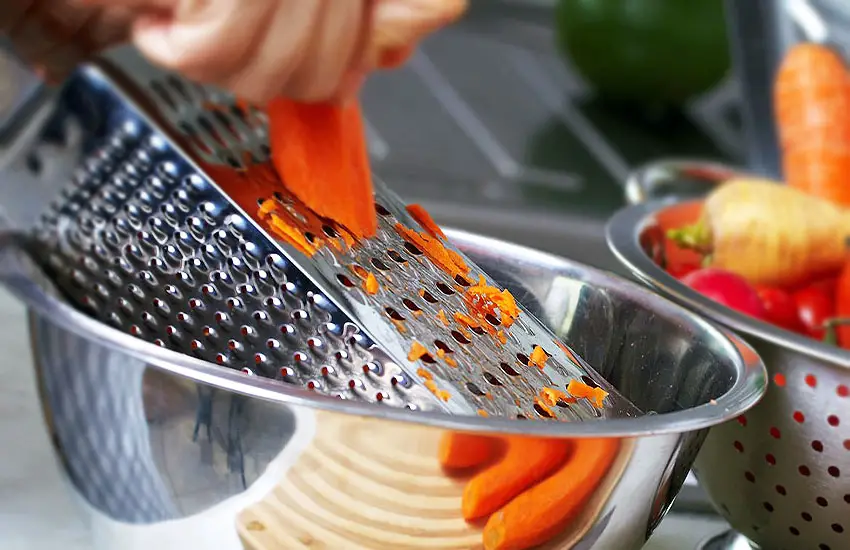
Why Cleaning a Grater for Lemon Zest Matters
Cleaning a grater after using it for lemon zest is super important! Here’s why:
When you zest a lemon, tiny pieces of the lemon peel get stuck in the grater’s tiny holes. If you don’t clean it properly, those leftover lemon bits can hang around and mix with other foods you grate later. Imagine grating cheese or garlic and suddenly tasting a hint of lemon – not always a great combo!
Plus, when you leave food bits on the grater, they can start to rot and get all funky. That’s not just gross; it can also make you sick if you accidentally eat something that’s been sitting on a dirty grater for too long.
Keeping your grater clean isn’t just about preventing weird flavors or grossness. It’s also about staying healthy. Bacteria love to hang out on dirty kitchen tools, and they can make you sick if they get into your food.
So, how do you clean a grater for lemon zest? It’s easy! Just rinse it under hot water right after you use it to get rid of the leftover bits. Then, give it a good scrub with some soap and a sponge or brush. Make sure to get into all the little holes to get rid of any stubborn zest pieces.
By keeping your grater clean, you’ll not only make your food taste better but also keep y
Steps to Clean a Grater for Lemon Zest
Here’s a step-by-step guide on how to clean a grater for lemon zest effectively:
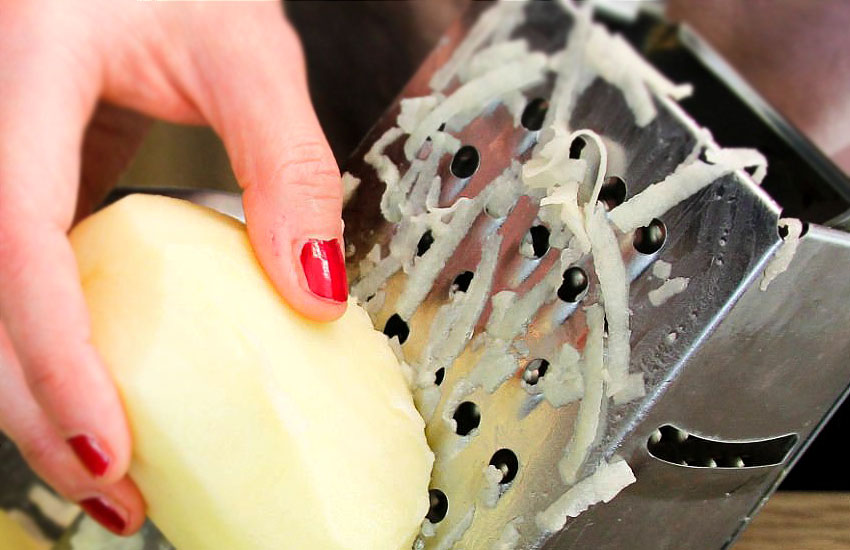
1. Immediate Rinse
As soon as you finish using the grater, rinse it under hot water. Hold it under the faucet and use your fingers or a dish brush to remove as much of the lemon zest as possible. The hot water will help loosen any stuck-on bits.
2. Use a Brush
If there are still stubborn bits of lemon zest stuck in the grater’s holes, use a small brush to gently scrub them away. A clean toothbrush works well for this purpose. Be sure to scrub both sides of the grater to remove any trapped zest.
3. Soak in Warm, Soapy Water
Fill a sink or basin with warm water and add a few drops of dish soap. Submerge the grater in the soapy water and let it soak for 10-15 minutes. The warm water will help to loosen any remaining residue, while the soap will help to break down oils and grease.
4. Scrub with a Sponge
After soaking, use a soft sponge or dishcloth to scrub the grater. Pay close attention to the areas where lemon zest was stuck, and continue scrubbing until the grater looks clean. Rinse thoroughly under running water to remove any soap residue.
5. Use Baking Soda
For particularly stubborn stains or lingering odors, sprinkle baking soda onto the grater and scrub gently with a damp sponge. Baking soda is a mild abrasive that can help to lift stains and neutralize odors. Rinse well after scrubbing to remove the baking soda.
6. Lemon Juice and Salt Paste
Another effective method for cleaning a grater is to make a paste using lemon juice and salt. Sprinkle a generous amount of salt over the grater, then cut a lemon in half and use one half to rub the salt into the grater, squeezing the juice as you go. The acidity of the lemon juice helps to break down oils and grease, while the salt acts as a gentle abrasive. Rinse the grater thoroughly under running water to remove the paste.
7. Vinegar Soak
If your grater still has lingering odors or stains after cleaning, you can soak it in a solution of equal parts water and white vinegar for 30 minutes to an hour. Vinegar is a natural disinfectant and deodorizer that can help to eliminate stubborn odors and stains. After soaking, scrub the grater with a sponge or brush and rinse well.
8. Dry Thoroughly
Once your grater is clean, dry it thoroughly with a clean dish towel or allow it to air dry completely before storing it away. Moisture can lead to rust and mold growth, so it’s essential to ensure that your grater is completely dry before putting it away.
9. Store Properly
Store your clean grater in a dry place away from moisture and humidity. You can hang it up on a hook or store it in a utensil drawer, but be sure to protect the grater’s sharp edges to prevent injury.
Following these steps will help you effectively clean your grater for lemon zest and ensure that it remains in excellent condition for future use.
Tips for Maintenance
Keeping your grater clean after using it for lemon zest is important, but maintaining its cleanliness over time is also key to ensuring its longevity and effectiveness. Here are some easy tips to help you maintain your grater:
1. Clean after Each Use
After you finish using your grater, make it a habit to clean it right away. Rinse it under hot water and use a bit of dish soap to remove any leftover zest or food particles. Cleaning immediately prevents residue from drying and becoming harder to remove later.
2. Use Gentle Cleaning Methods
Avoid using harsh or abrasive cleaners on your grater, as they can scratch the surface and cause damage. Instead, opt for mild dish soap and a soft sponge or brush to gently clean the grater. This will help preserve its integrity and keep it in good condition for longer.
3. Dry Thoroughly
After washing your grater, ensure it is thoroughly dried before storing it away. Moisture left on the grater can lead to rusting, which can affect its performance and hygiene. Use a clean towel to pat the grater dry or allow it to air dry completely before putting it away.
4. Store Properly
Find a designated spot in your kitchen to store your grater when it’s not in use. Make sure the area is dry and well-ventilated to prevent moisture buildup. Avoid storing the grater in a damp or humid environment, as this can promote rusting and bacterial growth.
5. Check for Rust
Regularly inspect your grater for any signs of rust, especially if it’s made of metal. Rust not only affects the appearance of the grater but can also contaminate your food. If you notice any rust spots, gently scrub them with a mixture of baking soda and water to remove them.
6. Consider Alternative Materials
If you find that metal graters are prone to rusting or are difficult to clean, consider investing in graters made of alternative materials such as plastic or ceramic. These materials are often easier to clean and maintain, making them a convenient option for everyday use.
By following these simple maintenance tips, you can ensure that your grater remains clean, hygienic, and ready for use whenever you need it. With proper care, your grater can continue to help you create delicious dishes for years to come.




